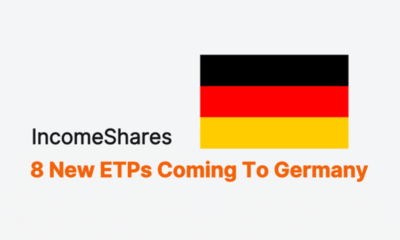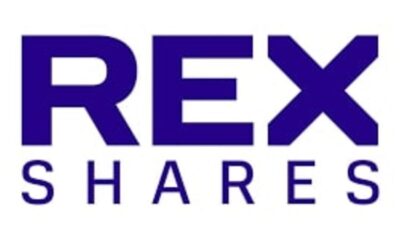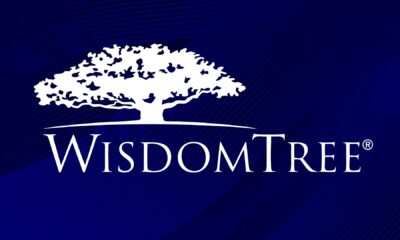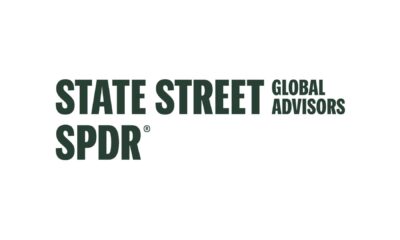Robotar styr tydligen aktiemarknaden, det vet de flesta vid det här laget. Mindre känt är hur robotarna styr aktiemarknaden. Kvantitativa fonder som styrs genom datoriserade och systematiska handelsstrategier som ofta kallas investeringsrobotar eller robotar, är den snabbast växande kategorin av fonder enligt en analys från Credit Suisse Group AG.
Som en följd av detta kontrollerar kvantitativa och passiva investeringsfonder nu cirka 60 procent av alla aktier, en fördubbling av denna andel på bara ett decennium. Samtidigt kommer endast tio (10) procent av volymerna från mänskliga diskretionära investerare enligt en studie från den amerikanska investmentbanken JPMorgan Chase & Co.
Den kvantitativa aktiehandeln med högfrekvent handel (eller HFT), svarade för mer än 52 procent av volymerna på de amerikanska börserna i maj 2017 enligt forskningsbyrån TABB Group LLC. Under 2009 var denna volym emellertid ännu högre. Då svarade HTF-handeln för 61 procent av volymerna,
Samtidigt är skillnaden i bruttoexponering mot amerikanska aktier mellan mänskliga och datoriserade investerare nu som allra störst. Roboten har investerat mycket mer enligt Credit Suisse-studien.
Källa: Bloomberg
Skyll på robotarna
Investerare med långt minne kommer ihåg hur datoriserad programhandel kom att bli ett samtalsämne när den ansågs ha förvärrat börskraschen 1987. På senare tid har Marko Kolanovic, globaltchef för kvantitativ och derivatforskning vid JPMorgan funnit att försäljningen i stora teknikaktierna den 9 juni och 12 juni drivits genom att ändrade datoriserade handelsstrategier för robothandel.
Datoriserad medelmåttighet?
Den växande tillämpningen av artificiell intelligens och datoriserad analys när det gäller beslutsfattande för investeringar producerar inte signifikant annorlunda, än mindre bättre, investeringsresultat. Detta visar en undersökning som genomförts av kapitalförvaltningsbolaget AllianceBernstein i april 2017.
Problemet som AllianceBernstein konstaterade och som rapporterades av CNBC, är att analysen av allt större datamängder resulterar i alltmer liknande investeringsstrategier.
Ännu värre är att så kallade kvantfonder som fattar investeringsbeslut baserade på sofistikerade statistiska modeller släpar efter mer traditionella fonder som förvaltas av mänskliga investeringschefer berättar Wall Street Journal.
Under perioden januari fram till maj 2017 steg kvantfonderna med endast 1,44 procent, jämfört med 8,7 % för S & P 500 Index (SPX) och 5,7 % för Vanguard Balanced Index Fund (VBINX), vilken har allokerat 60 procent av sitt kapital i aktier och 40 procent i obligationer, enligt Hedge Fund Research Inc. Dow Jones Industrial Average (DJIA) ökade med 6,3% i maj.
Trots det usla resultatet har investerarna gjort nettoinsättningar på 4,6 miljarder dollar till kvantfonder under första kvartalet 2017. Under samma period gjorde de nettouttag på över 10 miljarder dollar från andra typer av fonder, till exempel börshandlade fonder, så kallade ETFer.

 Nyheter3 veckor sedan
Nyheter3 veckor sedan
 Nyheter7 dagar sedan
Nyheter7 dagar sedan
 Nyheter2 veckor sedan
Nyheter2 veckor sedan
 Nyheter4 veckor sedan
Nyheter4 veckor sedan
 Nyheter2 veckor sedan
Nyheter2 veckor sedan
 Nyheter3 veckor sedan
Nyheter3 veckor sedan
 Nyheter3 dagar sedan
Nyheter3 dagar sedan
 Nyheter4 veckor sedan
Nyheter4 veckor sedan























